April 14, 2015
The workplace as a strategic resource: a real life CEO’s perspective
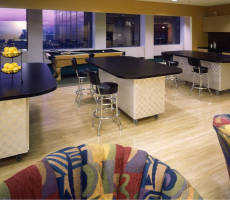 Raise your hand if you agree: “The workplace is obviously a strategic resource.” We facilities management professionals know that to be true. But if you often feel like a voice in the wilderness when speaking to anyone other than a fellow workplace professional, you are not alone. For many if not most senior executives, their facilities are a necessary evil that always cost too much. That reality frustrates me as much as it does you. So my colleague Paul Carder and I conducted two extensive research projects in 2012 and 2013 aimed at making the case (mostly to FM professionals themselves) that facilities and workplaces are incredibly strategic – and very poorly understood. And while we’ve gotten a lot of positive feedback about the work, we haven’t seen much change in mindsets, management practices or outcomes.
Raise your hand if you agree: “The workplace is obviously a strategic resource.” We facilities management professionals know that to be true. But if you often feel like a voice in the wilderness when speaking to anyone other than a fellow workplace professional, you are not alone. For many if not most senior executives, their facilities are a necessary evil that always cost too much. That reality frustrates me as much as it does you. So my colleague Paul Carder and I conducted two extensive research projects in 2012 and 2013 aimed at making the case (mostly to FM professionals themselves) that facilities and workplaces are incredibly strategic – and very poorly understood. And while we’ve gotten a lot of positive feedback about the work, we haven’t seen much change in mindsets, management practices or outcomes.





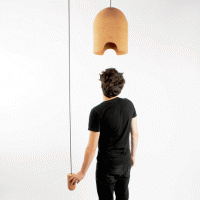

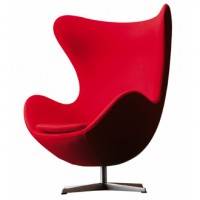


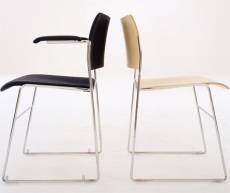
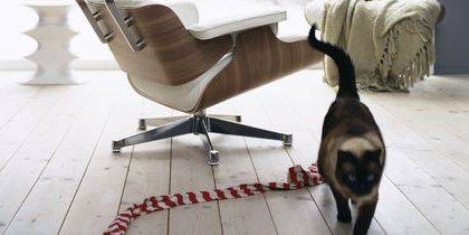
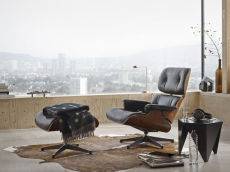

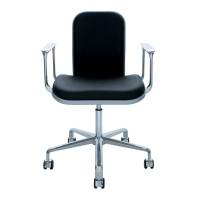
 Given the track record of people when it comes to making predictions about the future, it’s easy to grow cynical, especially when it involves a profession as subject to the vagaries of technological and cultural change as facilities management. But while we should be wary of more fanciful and long term thinking, any natural scepticism shouldn’t blind us to those predictions that we know will largely come true, especially those based on what we know is happening already. For example, recent research carried out by Cass Business School and Henley Business School and presented in the book
Given the track record of people when it comes to making predictions about the future, it’s easy to grow cynical, especially when it involves a profession as subject to the vagaries of technological and cultural change as facilities management. But while we should be wary of more fanciful and long term thinking, any natural scepticism shouldn’t blind us to those predictions that we know will largely come true, especially those based on what we know is happening already. For example, recent research carried out by Cass Business School and Henley Business School and presented in the book 








April 12, 2015
A preview of this year’s Milan International Furniture Fair 0
by Justin Miller • Comment, Events, Furniture, Workplace design
(more…)